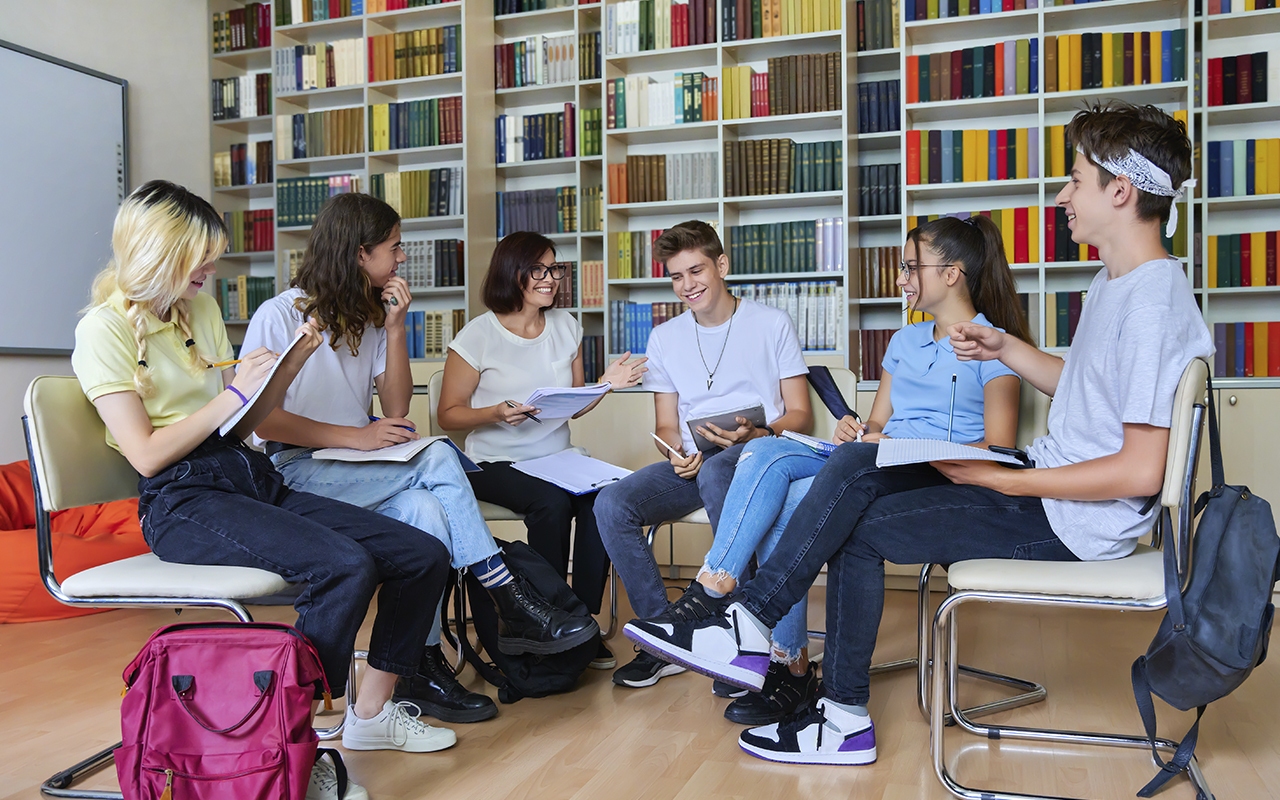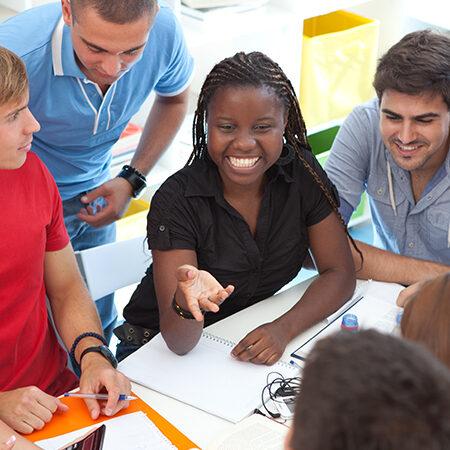The current thinking on positive peer relationships distinguishes between friendships and peer acceptance. Friendships promote not only companionship but also empathy, validation and support. Good friends learn how to open up to one another and feel motivated to resolve any conflicts that develop to maintain those friendships. Peer acceptance, on the other hand, centers around how much students like to play and learn with their classmates, which creates a sense of belonging and a positive emotional environment.
In younger children, those with healthy peer relationships are more likely to be engaged at school. In middle childhood, friendships and peer acceptance reduce a child’s feeling of loneliness. In adolescence, positive peer relationships take on even greater significance, playing a role in both academic achievement and overall health and well-being.

It all starts in the classroom. A teacher’s lessons, programming and even demeanor can all play a crucial role in helping children develop both friendships and peer acceptance. One way to encourage positive peer relationships in the classroom is to provide opportunities for students to practice effective social skills both individually and in groups. Another is to focus on modeling social and emotional learning strategies that encourage reflection and self-awareness.
Naturally, a collaborative learning environment is the perfect way for
students to practice and observe appropriate social interactions.
You can also have students read books about various conflict situations
and then discuss in class how the characters could have made better
behavior choices.
Looking for some specific recommendations on activities you can hold in your classroom? Here are some ways you can encourage better peer connections between students.
Snow Cloud’s Replicated Reality Program
The ultimate way for students to learn life skills… and learn about one another. Our Replicated Reality platform contains a variety of fun and informative activities including a virtual world builder where students can set up a virtual store, bank, post office and more in your school. These exercises encourage a high degree of collaboration while teaching key competencies such as financial literacy, career exploration and customer service. There’s even a wellness module that teaches students self-awareness and mood recognition techniques, which are essential tools in growing (and keeping) healthy friendships and peer acceptance
Four Corners
Four Corners is an amazing icebreaker game that is perfect not just at the beginning of school but throughout the year. The idea is for students to discover similarities between their peers because when they discover others who have similar interests and preferences, new friendships can develop. The way to play is to divide the classroom into four corners, give your students a set of four choices and ask them to stand in the corner that represents their favorite choice. For example, “my favorite season is (a) spring, (b) summer, © winter or (d) fall.” Or for a career awareness theme, “the job I’d most like to have is…”

Five Things
Five Things is a fun game that is perfect for kids of all age levels. Begin by getting your students together in groups of two, three or four; whatever works best for your classroom dynamic. Then ask the students to write down five things that ______. There are a number of “five things” themes you can explore, from the practical such as five things that are black or five things made of leather, to personal such as five things I want to do on the weekend, to emotional such as five things that make me happy or five things that make me want to do better. Once again, you could layer in a career awareness element and ask them to name five things a doctor does or five things a farmer needs to do their job.
Compliment Box
A compliment box is an incredible way to grow classroom camaraderie and self-esteem. Create a compliment box out of a shoebox and cut a slit at the top. Then ask your students to write down something positive about one of their fellow students. You can either ask them to focus on a specific student, one per day, or leave it open. Then pass the box around and each student drops their note in the box. Review the answers later in the day (to make sure they’re all appropriate) and share the messages with your class the following day. This exercise puts everyone in a positive mindframe while motivating them all to be kind and look for the positive traits in each other.
Building positive peer relationships in the classroom is one of the surest ways teachers have to improve student health, happiness and promote a joy for learning. Contact us today if you have any questions about how you can use Snow Cloud’s Replicated Reality or any of our other EdTech solutions to encourage better peer connections

